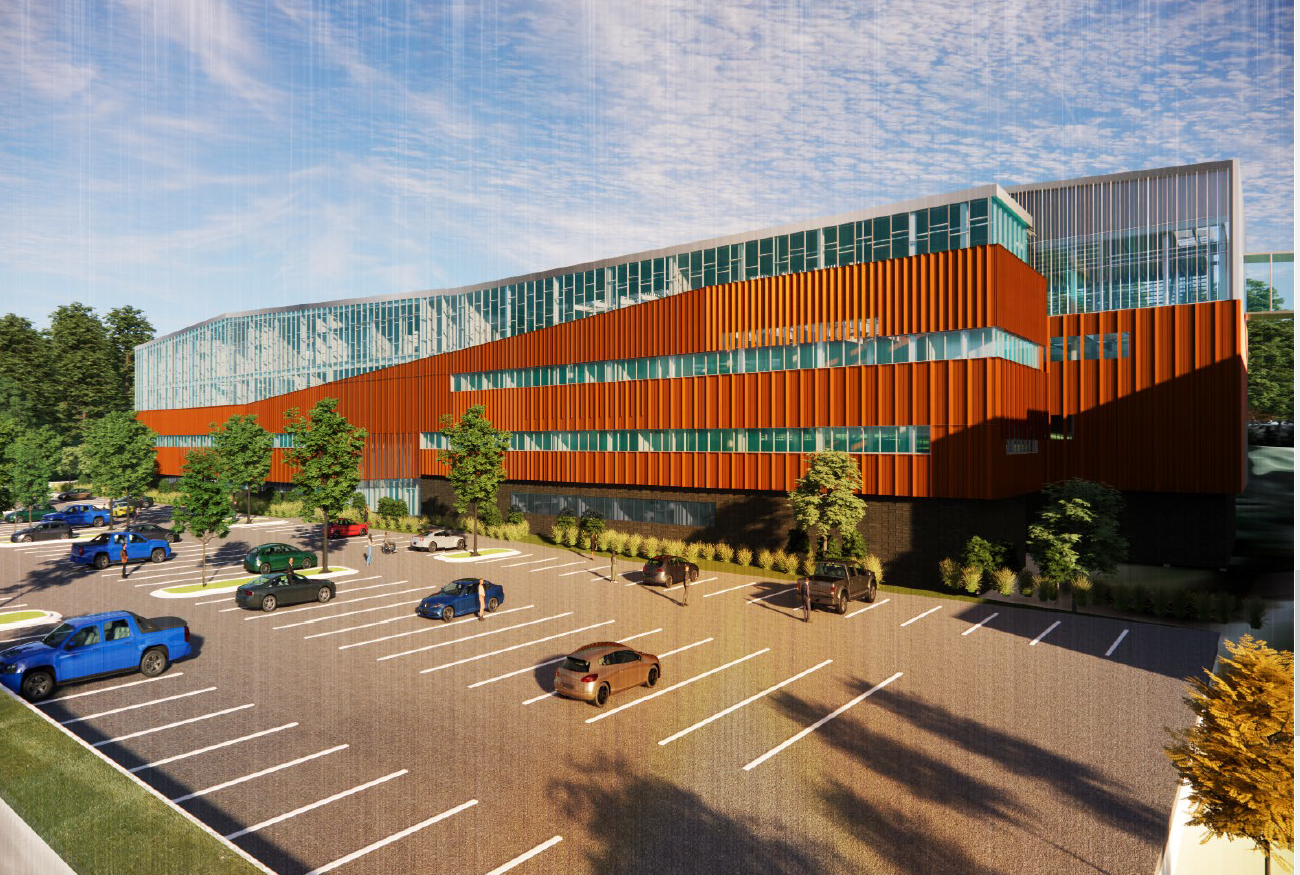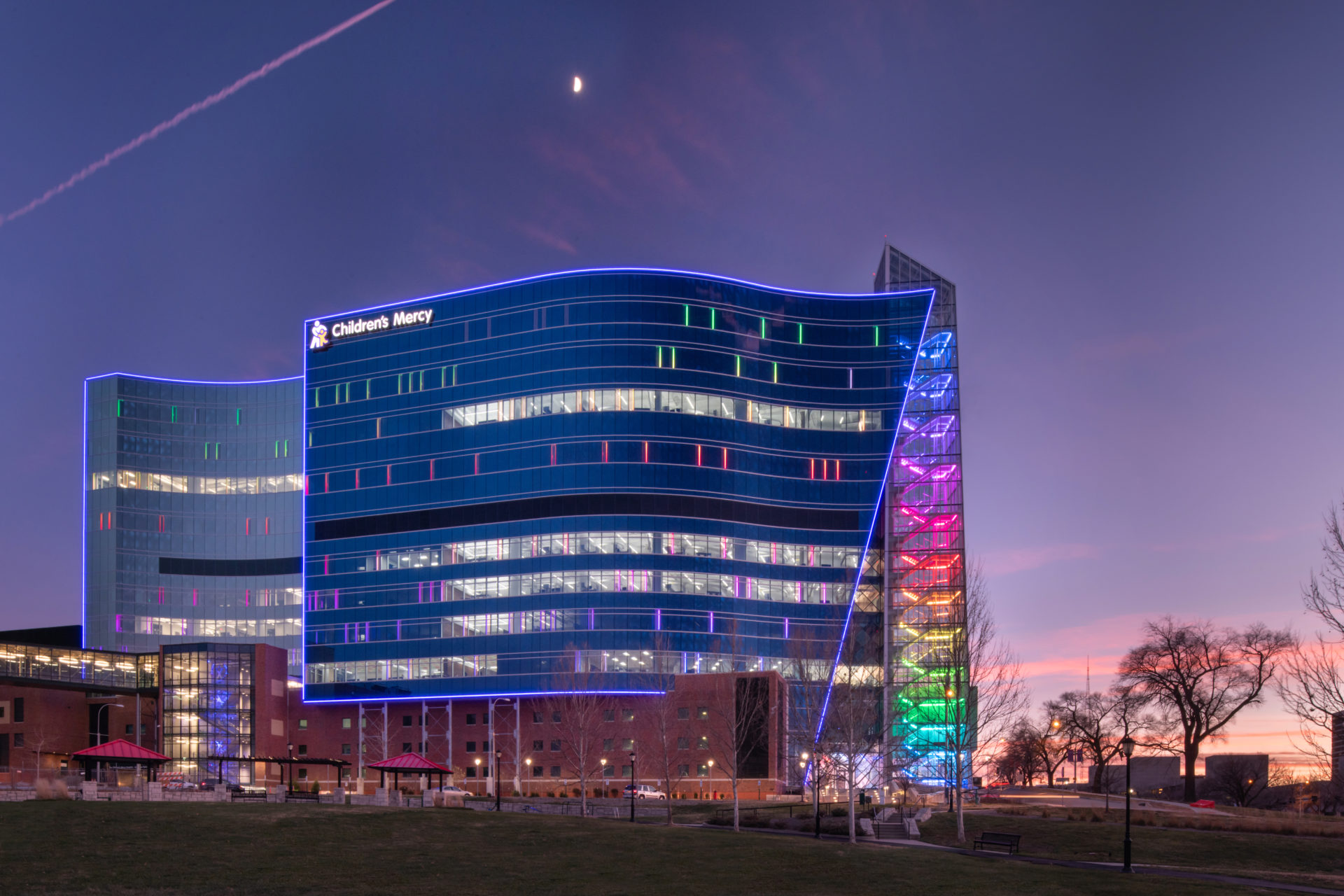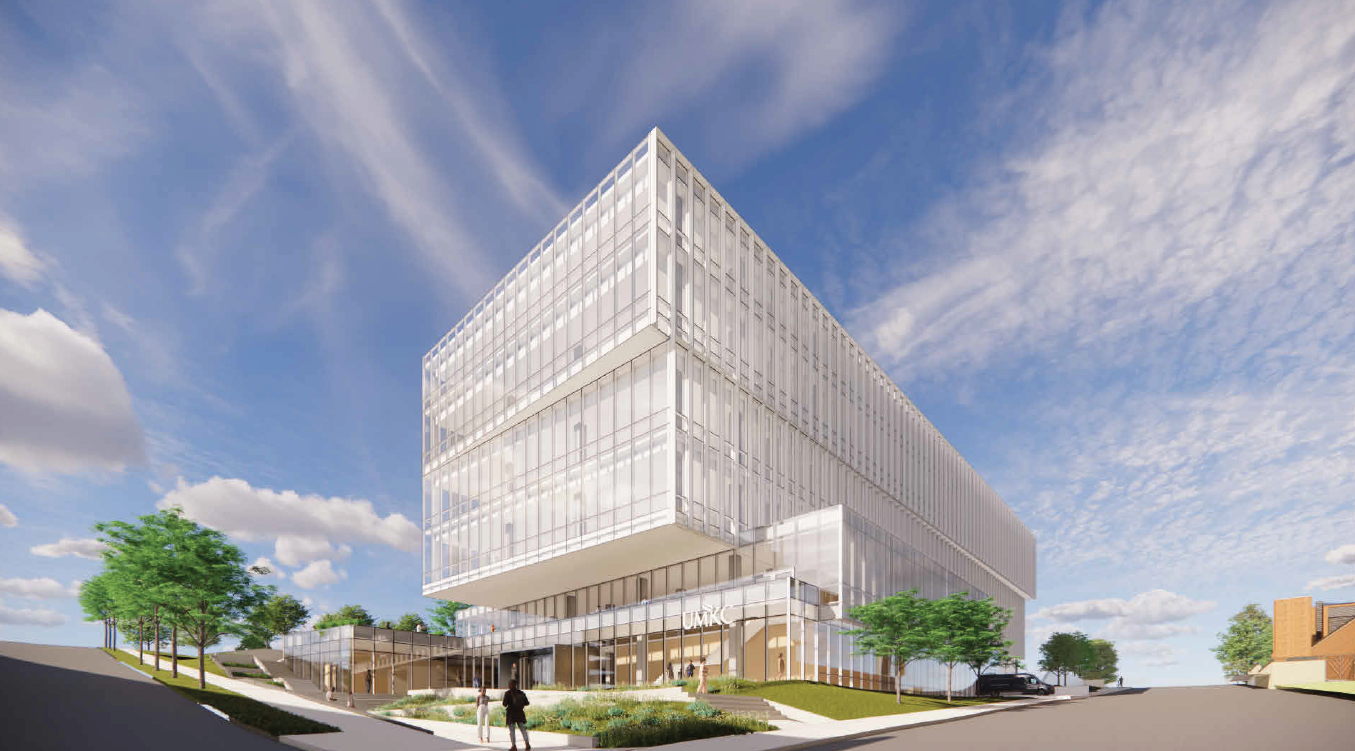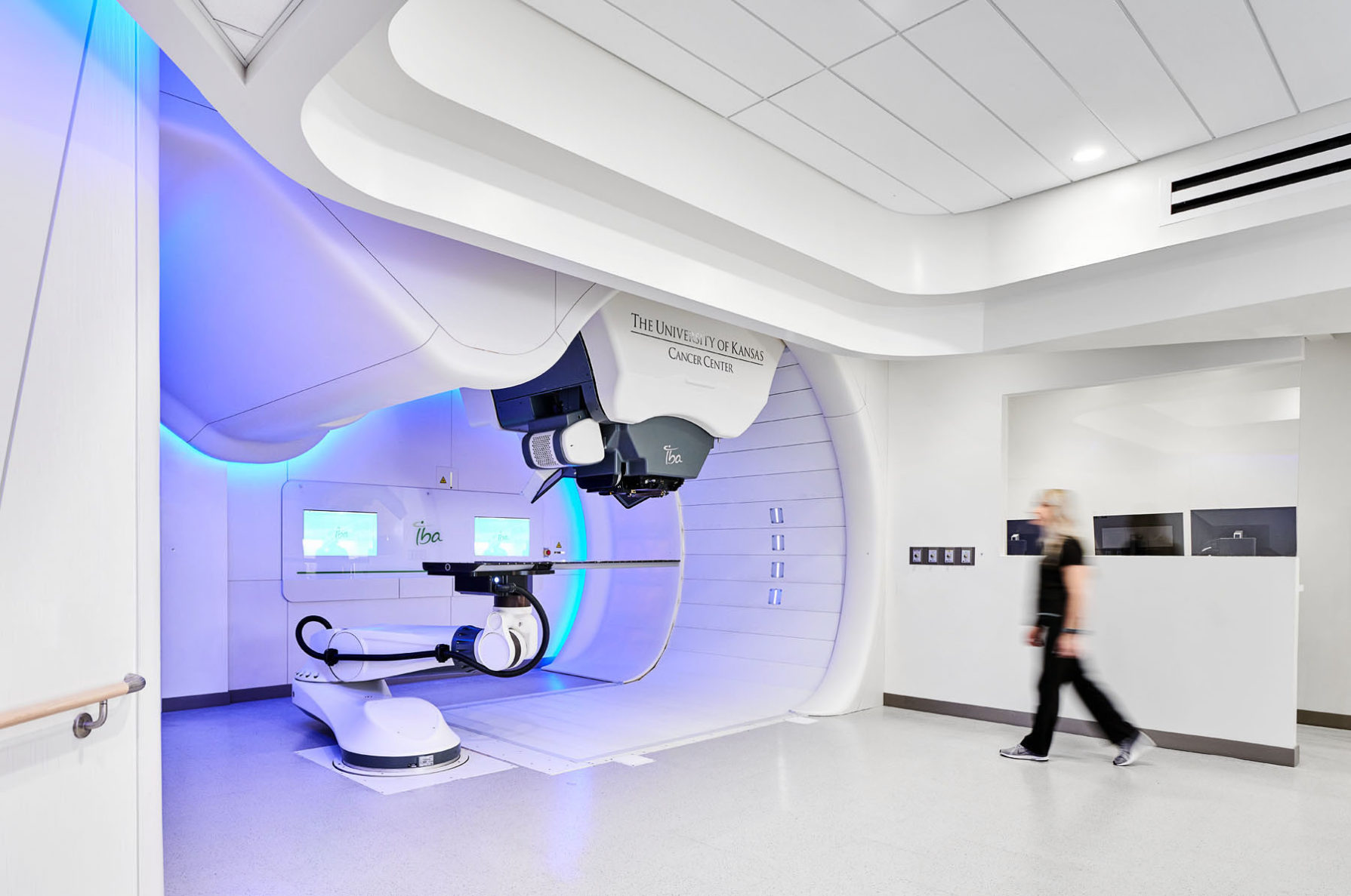Each of the State’s current laboratory facilities are severely outdated, hindering productivity, efficiency and innovation. In addition, the current facilities are in several different locations, inhibiting collaboration between the various state agencies. To address these shortcomings, the new State of Missouri Laboratory Campus will serve as a one-stop-shop housing five state agencies, including the Department of Health and Senior Services, Department of Natural Resources, Department of Agriculture, Department of Conservation, and the Missouri Highway Patrol. The new lab campus plays a pivotal role in fostering improved community health in the state of Missouri.
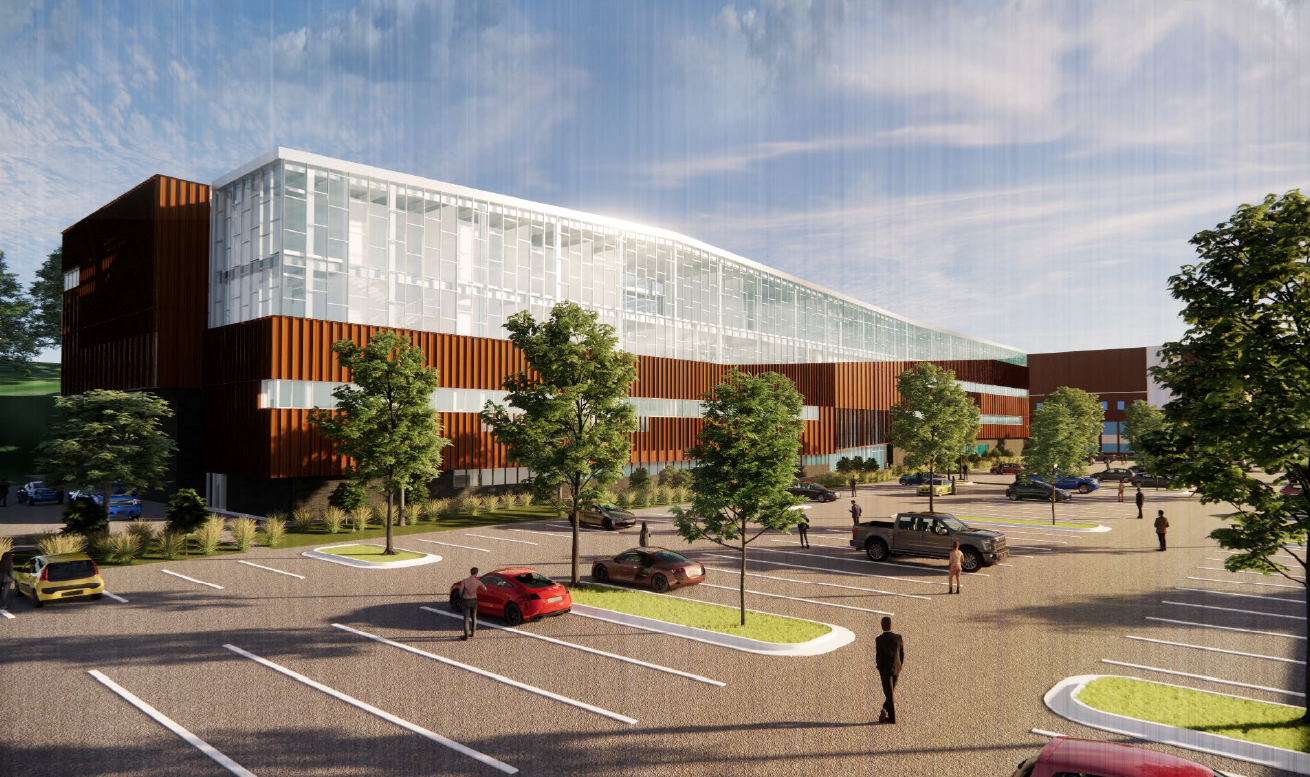
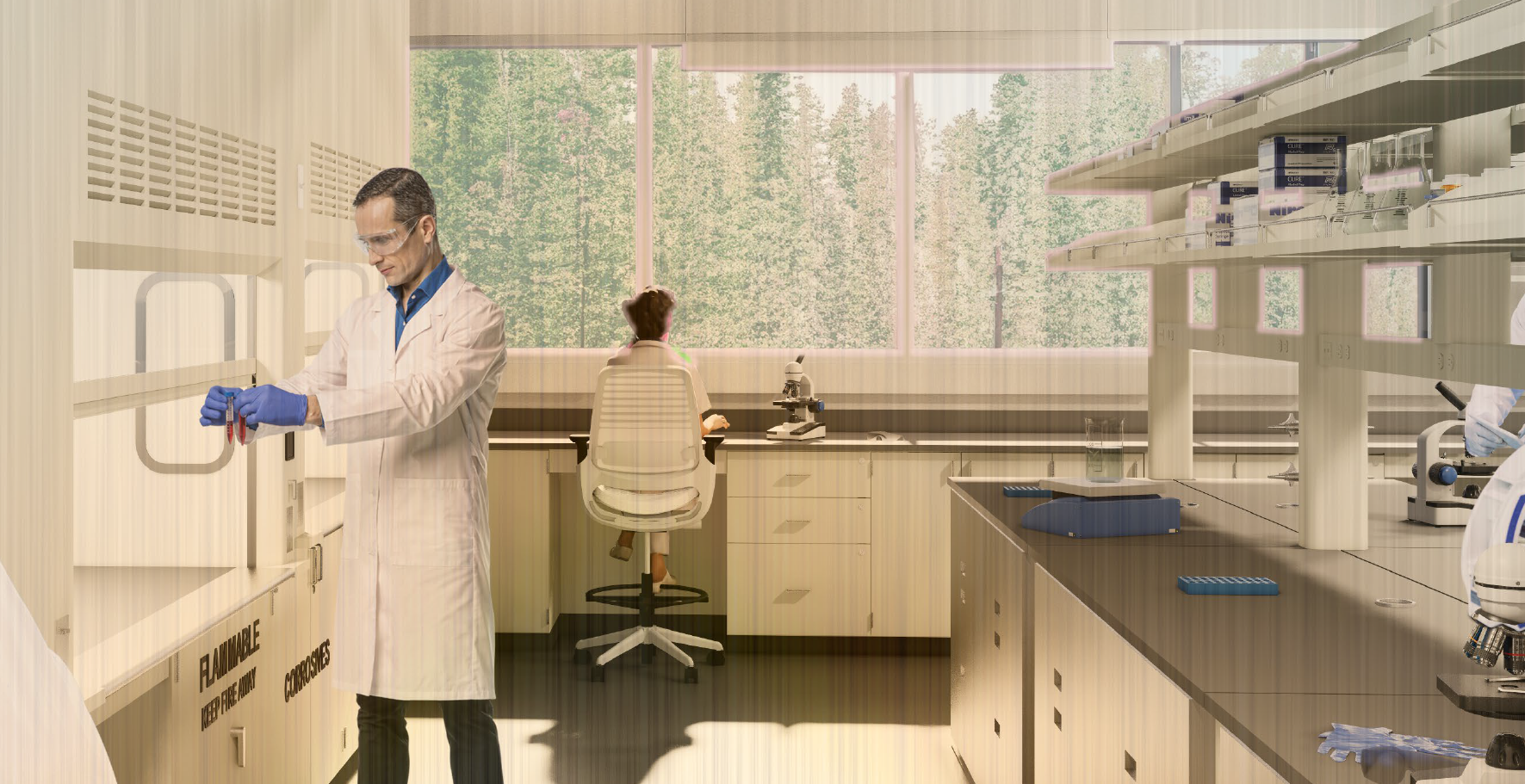
By consolidating these state agencies on one centralized campus, the state lab will offer enhanced and expanded services with greater efficiency and expedience to better serve the state and the people of the state. The investment for this project is transformative to the state’s laboratory infrastructure. The purpose behind the project is to provide a ‘One Health’ cross-collaborative approach to human, animal and environmental laboratory testing and research. The new lab campus plays a pivotal role in fostering improved community health in the state of Missouri.
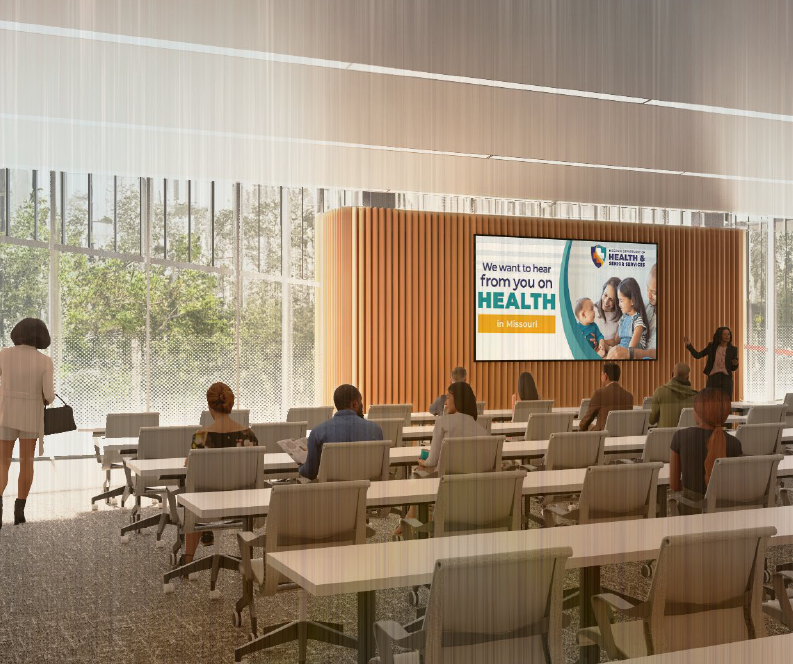
The research facility includes all new wet and dry diagnostic laboratories, including BSL-2, forensic biology, molecular, chemistry, bacteriology, biology, and CODIS. Additionally, there will be an elevated walkway connecting the new and existing facilities.
The $151 million dollar project is funded through state appropriations of federal American Rescue Plan Act dollars and the project needs to be complete by the end of 2026 to abide by the strict funding requirements.

